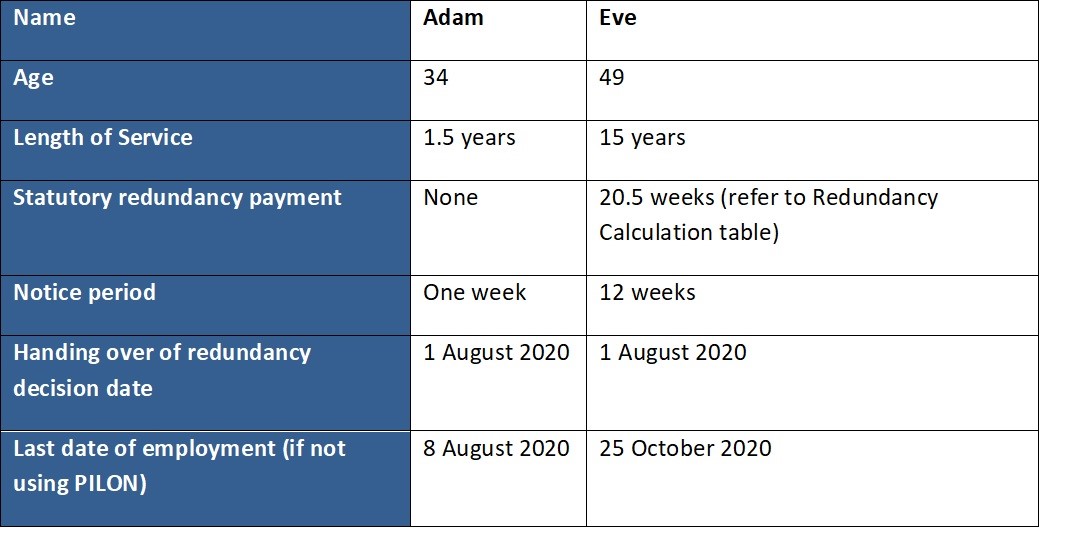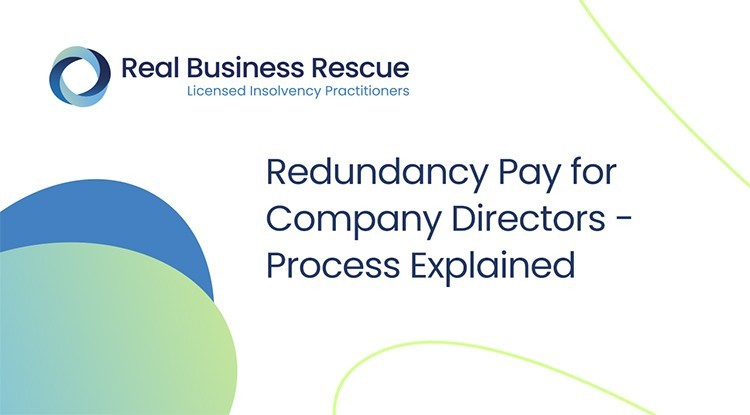Just How to Manage Redundancy Pay If Company Goes Bust: Secret Info for UK Workers
Just How to Manage Redundancy Pay If Company Goes Bust: Secret Info for UK Workers
Blog Article
Exploring the Interplay In Between Business Redundancy and Organizational Versatility for Future Development
In the dynamic landscape of today's company globe, the complex connection in between firm redundancy and business adaptability emerges as a crucial element for continual development and success. Firms typically deal with the obstacle of striking a delicate equilibrium in between keeping a degree of redundancy to mitigate risks and fostering versatility to respond quickly to the ever-evolving market needs.
Relevance of Firm Redundancy
Company redundancy is an important aspect that improves business durability and reduces operational dangers. By integrating redundancy procedures within the business structure, business can much better hold up against unexpected interruptions and variations in business atmosphere. Redundancy acts as a tactical buffer, allowing business to adapt and respond efficiently to unforeseen challenges without jeopardizing vital operations.
One key facet of the relevance of firm redundancy is its duty in making certain connection during times of crisis. When faced with sudden changes or emergencies, repetitive systems, sources, or workers can step in to preserve important functions and prevent widespread disturbances. This connection not just safeguards the firm's online reputation and consumer count on but additionally decreases economic losses and functional downtime.

Approaches for Organizational Adaptability

One more critical approach is purchasing innovation and facilities that can sustain adaptability and scalability. Implementing digital tools, automation, and data analytics can improve procedures, enhance effectiveness, and supply beneficial understandings for educated decision-making. Moreover, creating adaptable organizational frameworks that enable fast modifications to market characteristics and customer requirements is essential for staying affordable in a swiftly evolving atmosphere. By proactively determining potential disruptions and opportunities, companies can proactively adjust and grow in an ever-changing service landscape.
Balancing Redundancy and Adaptability
Achieving an unified balance between functional redundancy and organizational flexibility is vital in navigating the intricacies of a vibrant service environment. Redundancy within a firm supplies a safeguard, making certain continuity and security in operations. Nonetheless, an extra of redundancy can cause ineffectiveness and hinder flexibility to changing market problems. On the other hand, business adaptability permits firms to react immediately to outside disruptions and confiscate new chances. Striking the right equilibrium in between redundancy and adaptability is a fragile procedure that needs a deep understanding of the organization's objectives, market characteristics, and risk tolerance.
To achieve this balance, business require to perform routine analyses of their procedures to recognize locations where redundancy is needed for threat reduction and where versatility can drive technology and development. Carrying out adaptable frameworks, cultivating a society of continual discovering and enhancement, and motivating open communication across all levels of the organization are key strategies to harmonize redundancy and adaptability successfully. By straightening these 2 essential components, business can position themselves for sustainable development and success in an ever-changing organization landscape.
Instance Research Studies on Adaptation Success
In analyzing circumstances of effective business adjustment, it becomes obvious i was reading this that the interplay between operational redundancy and flexibility is a specifying variable in shaping durable companies. A DVD rental solution, Netflix navigate to these guys demonstrated exceptional versatility by transitioning right into a streaming system when digitalization interfered with the industry. These situation research studies emphasize the value of functional redundancy paired with business flexibility in cultivating lasting development and competition.
Structure Durability for Future Growth
Building strength for future development requires a strategic placement of operational procedures with market characteristics and emerging fads. Business must adjust to changing settings by promoting a society of versatility, development, and continual enhancement.
Additionally, promoting solid connections with stakeholders, such as consumers, workers, distributors, and the neighborhood, is important for keeping and weathering uncertainties trust fund and support throughout turbulent times. Effective interaction and openness play a crucial function in structure durability, as they help straighten expectations and promote partnership in navigating uncertainties.
In addition, organizations need to focus on understanding and development efforts to upskill staff members and equip them with the required devices to adjust to transforming circumstances. By buying their labor force, firms can boost their adaptability and agility, eventually enhancing their strength for sustainable future development.
Verdict

In the dynamic landscape of today's organization click here now world, the elaborate partnership between business redundancy and business adaptability emerges as a crucial aspect for continual growth and success. Business usually face the difficulty of striking a fragile balance between maintaining a level of redundancy to mitigate threats and fostering versatility to react promptly to the ever-evolving market demands.To achieve this balance, business require to conduct regular assessments of their procedures to recognize locations where redundancy is necessary for danger reduction and where flexibility can drive innovation and growth.In final thought, the interaction in between firm redundancy and business flexibility is essential for future growth. Building strength via a mix of redundancy and flexibility will certainly make certain that firms are prepared for the challenges of the future.
Report this page